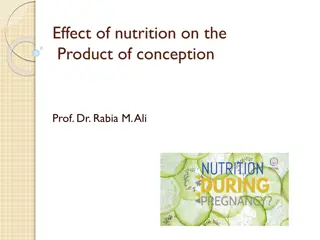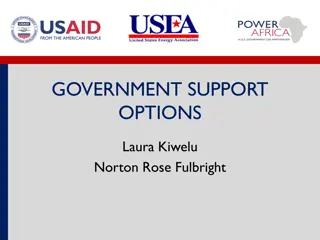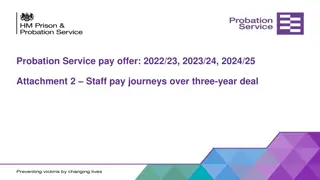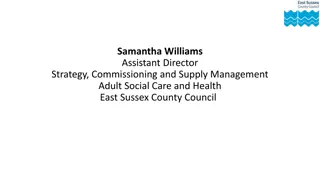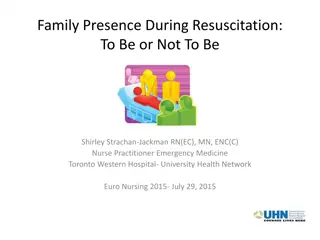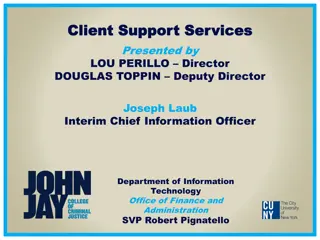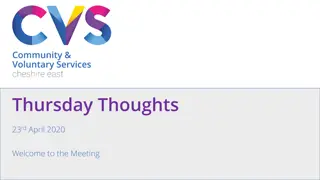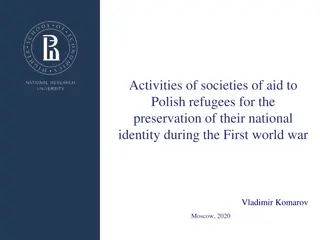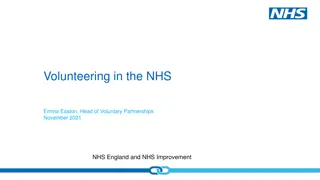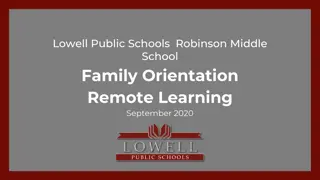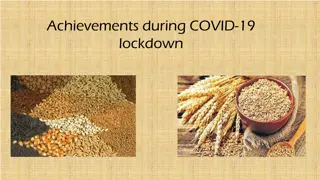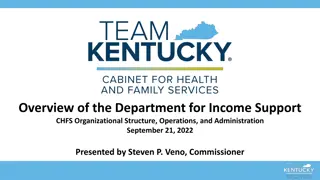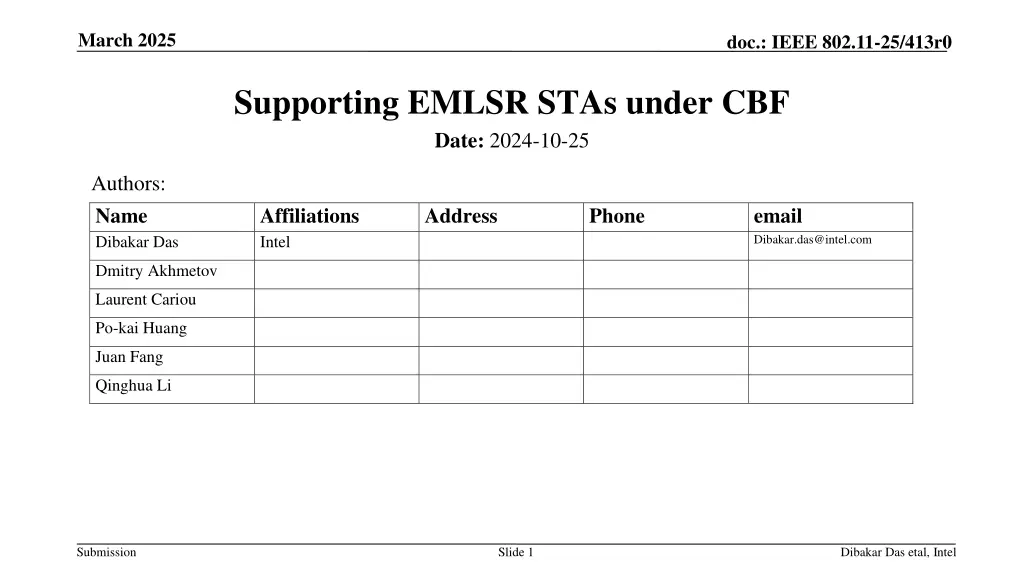
IEEE 802.11-25/413r0 Supporting EMLSR STAs under CBF
Explore the proposal for relaxing EMLSR conditions during CBF frame exchanges in IEEE 802.11-25/413r0 document, addressing STAs associated with APs to minimize inactivity periods and enhance efficiency in data transmission sequences.
Download Presentation

Please find below an Image/Link to download the presentation.
The content on the website is provided AS IS for your information and personal use only. It may not be sold, licensed, or shared on other websites without obtaining consent from the author. If you encounter any issues during the download, it is possible that the publisher has removed the file from their server.
You are allowed to download the files provided on this website for personal or commercial use, subject to the condition that they are used lawfully. All files are the property of their respective owners.
The content on the website is provided AS IS for your information and personal use only. It may not be sold, licensed, or shared on other websites without obtaining consent from the author.
E N D
Presentation Transcript
March 2025 doc.: IEEE 802.11-25/413r0 Supporting EMLSR STAs under CBF Date: 2024-10-25 Authors: Name Dibakar Das Affiliations Intel Address Phone email Dibakar.das@intel.com Dmitry Akhmetov Laurent Cariou Po-kai Huang Juan Fang Qinghua Li Submission Slide 1 Dibakar Das etal, Intel
March 2025 doc.: IEEE 802.11-25/413r0 Background For the CBF data transmission sequence, we expect that the overall sequence will look as below after accounting for cases (e.g., EMLSR) where ICF/ICR will occur between sharing/shared AP and their associated STAs. CBF- invite CBF PPDU CBF- Trigger MU- BAR ICF to assoc STAs AP1 CBF PPDU MU- BAR CBF- response ICF to assoc STAs AP2 BA ICR AP1-STAs ICR BA AP2-STAs Submission Slide 2 Dibakar Das etal, Intel
March 2025 doc.: IEEE 802.11-25/413r0 Problem A STA following baseline EMLSR rules will go back to listen mode shortly after detecting no frame for itself. Multiple places in the CBF sequence where the STAs associated to sharing AP or shared AP will go back to listen mode before completing their data+BA exchange. AP2-STAs go to listen mode AP2-STAs go to listen mode AP1-STAs go to listen mode CBF- invite CBF PPDU CBF- Trigger MU- BAR ICF to assoc STAs AP1 CBF PPDU MU- BAR CBF- response ICF to assoc STAs AP2 BA ICR AP1-STAs ICR BA AP2-STAs Submission Slide 3 Dibakar Das etal, Intel
March 2025 doc.: IEEE 802.11-25/413r0 Proposed resolution So, after sending the ICRs, non-AP STAs need to remain in the link in which CBF frame exchange is taking place to cover all possible inactivity periods caused by the CBF sequence i.e., After sending their respective ICR frames, the EMLSR STAs associated to AP-1 and AP-2 need to wait till at least the CBF Data PPDU before going back to listen mode. After receiving the CBF DL PPDU, the STAs associated to AP-2 waits till at least the BAR transmission from AP-2 before going back to listen mode Proposal: only during the CBF frame exchange sequence, relax the baseline EMLSR conditions regarding when to go back to listen mode to cover extended periods of inactivity. The signaling (including whether the extended timeout period duration is simply fixed in spec) is TBD. Submission Slide 4 Dibakar Das etal, Intel
March 2025 doc.: IEEE 802.11-25/413r0 Straw Poll-1 Do you agree: if an eMLSR non-AP MLD that receives an ICF addressed to one of its affiliated STAs during CoBF sequences and if the affiliated STA responds with an ICR, then the eMLSR non-AP MLD shall follow the eMLSR procedure defined in 35.3.17, except that the STA shall use an extended time-out period prior to switching back upon inactivity: The duration of the extended time-out period shall be sufficient to cover any inactivity period within the COBF sequence, e.g. (but not limited to), from the end of the ICR to the beginning of the data PPDU, or from the DL PPDU until the beginning of the MU-BAR frame from the shared AP for STAs associated with the shared AP The signaling and derivation of these timeout periods to the STA are TBD. Once the eMLSR STA(s) switch back to listen mode, they start using the default time-out period (aSIFSTime + aSlotTime + aRxPHYStartDelay) in future TXOPs unless otherwise indicated in the ICF. This is applicable to CoBF transmission sequence Submission Slide 5 Dibakar Das etal, Intel
March 2025 doc.: IEEE 802.11-25/413r0 Straw Poll-2 Do you agree that an AP MLD that receives an ICR from a STA affiliated with an EMLSR non-AP MLD during CBF data frame exchange does not attempt to transmit to the eMLSR non-AP MLD on another link during the extended time-out periods, per baseline behavior ? Submission Slide 6 Dibakar Das etal, Intel


